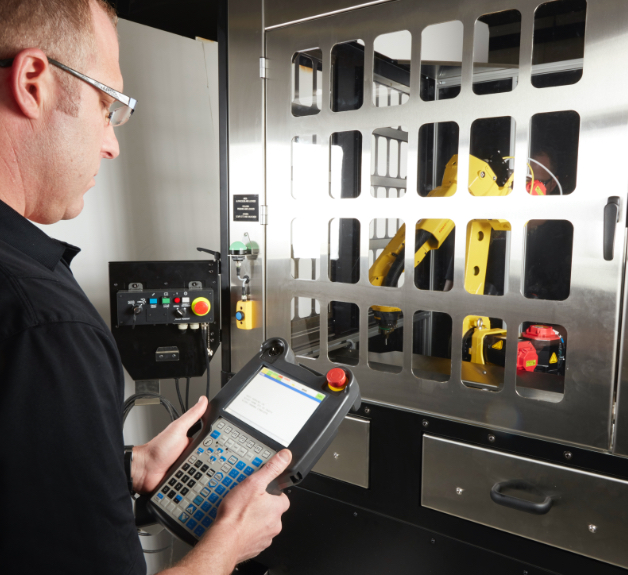
Meet Sunnen’s latest cylinder honing machine — the SV-35. Experience precision and efficiency in one machine with automatic bore-to-bore honing, new Sunnen2 system controls and more.
Explore the SV-35
We've helped customers decrease part production costs by as much as 50% - 60%.
Contact Us
Sunnen customers have forged new business lines by collaborating with us on new processes & solutions.
Custom Solutions
We've helped customers cut shifts by significantly cutting set-up & non-productive time.
Latest InsightsFor nearly 100 years, Sunnen has built a global business around delivering the highest levels of precision to our customers. Combining a robust distribution network with industry-leading technology, Sunnen integrates bore creation, sizing and finishing into one turnkey solution. Together, we’ll achieve extraordinary results.
Read Our Story
2024 marks a significant milestone for Sunnen — a century of innovation. Over the decades, Sunnen dedicated itself to precision, performance and partnership. Our commitment to these three tenets has allowed us to continually reach new heights in manufacturing. Before we turn our attention to the future, our team wants to reflect on how far our organization has come.
Shop By:


We’re not just honing parts anymore—we’re honing processes. Our global service team works one-on-one with our customers to refine their operations, engineer custom solutions and deliver the hands-on training they need to be their best.
View Service Options